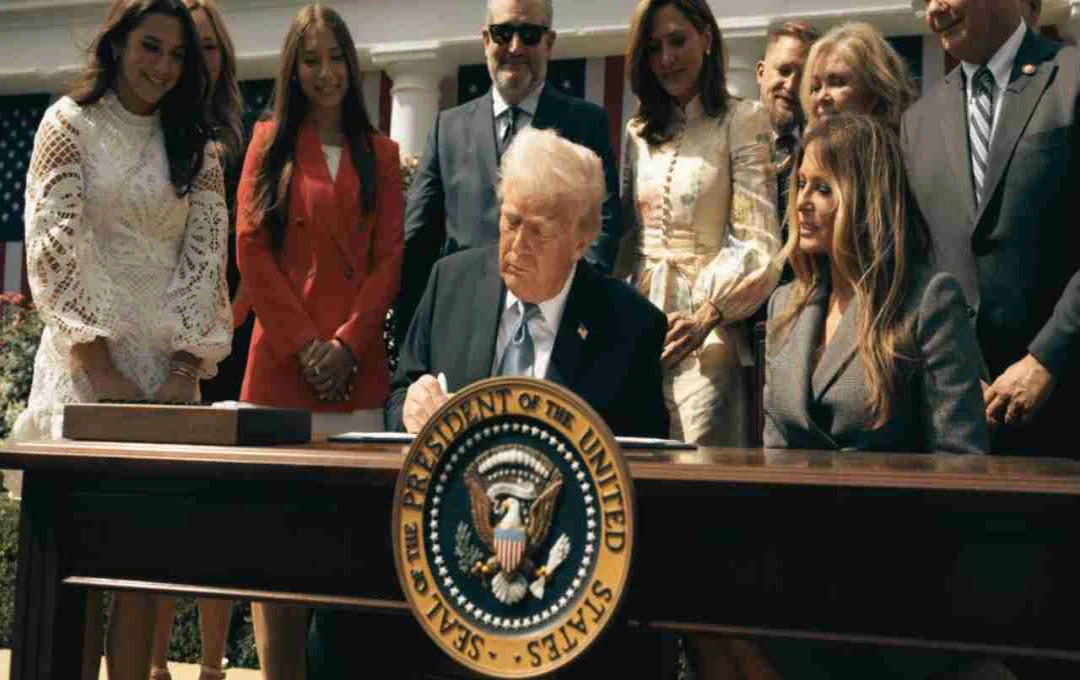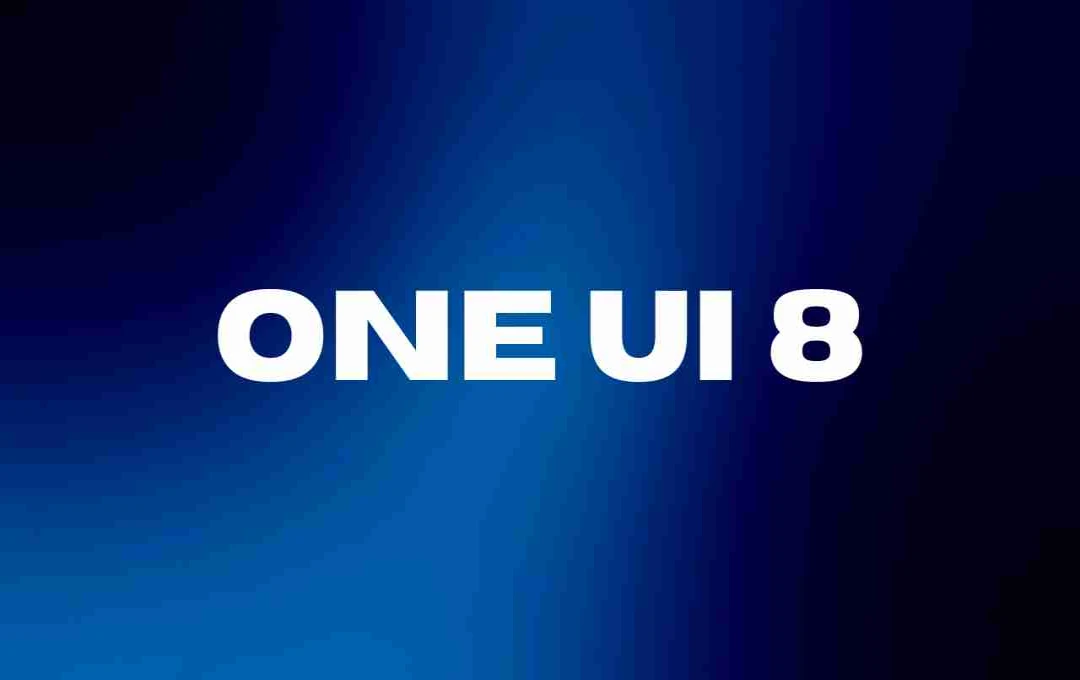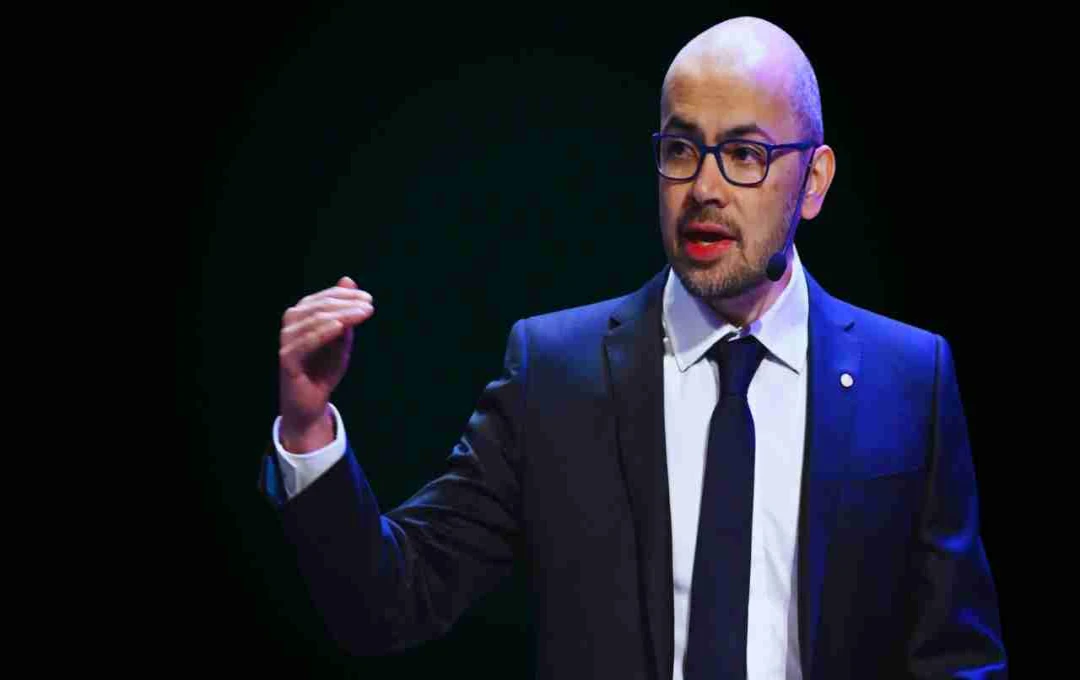A significant step has been taken in the American tech world. President Donald Trump signed into law a crucial bill on Monday that criminalizes deepfake pornography and revenge pornography. The law, titled the "TAKE IT DOWN Act," mandates the removal of fraudulent pornographic content uploaded to the internet within 48 hours. This move is considered a b initiative to curb the rapidly increasing digital crimes and deliver justice to the victims.
President Trump's Major Announcement, First Lady Advocates for Morality
President Donald Trump recently signed the TAKE IT DOWN Act, a stringent law aimed at preventing deepfake and pornographic content in the United States. First Lady Melania Trump joined him at a special ceremony held for the occasion.
In the White House Rose Garden, President Trump emphasized the law's necessity for protecting children, families, and society as a whole. He stated that the act would help prevent the misuse of technology and strengthen online safety. Melania Trump also lauded the law, stating it's a b step towards providing children with a safer digital environment and strengthening societal morality.
48-Hour Ultimatum: Strict Measures on Tech Companies

With the implementation of the TAKE IT DOWN Act, strict measures have been initiated against technology companies and social media platforms in the United States. Now, posting someone's intimate images or videos—whether real or AI-generated—without their consent will result in severe consequences. The law mandates that companies must remove such content within 48 hours of receiving a complaint. Failure to comply could lead to substantial fines, imprisonment, or both. This step is considered crucial in protecting society from digital exploitation and obscenity.
Understanding the Gravity of Revenge Porn and Deepfake Content
Revenge porn and deepfake content have become serious issues in today's digital age, requiring understanding and decisive action. Revenge porn refers to the act of sharing a person's private and intimate images or videos online without their consent, often as an act of revenge by a former partner. Deepfake technology, on the other hand, superimposes a person's face onto another body, creating a realistic but fake video. This poses a significant threat, especially to women and celebrities. Both trends have caused irreparable damage to the reputations and personal lives of countless individuals, making stringent legislation a necessity.
AI and Deepfake: How is it Created?
Deepfake technology, currently a subject of much discussion, is created using generative AI. Machine learning algorithms deeply analyze a person's facial expressions, mannerisms, speech patterns, and voice. This AI then generates a fake image or video of that person, which can easily deceive viewers into believing its authenticity.

Initially, this technology was used in films and advertisements, such as bringing back deceased actors or replacing stunt doubles. However, some individuals now misuse it to defame others by placing their faces onto pornographic videos. This is not only a violation of privacy but also a form of severe mental harassment.
Bipartisan Support
The TAKE IT DOWN Act is a rare example of bipartisan consensus in American politics. The law received support not only from the Republican Party but also from the Democratic Party. The bill initially passed the House of Representatives before being introduced to the Senate, where Republican Senator Ted Cruz and Democratic Senator Amy Klobuchar jointly championed its passage. This demonstrates that issues like deepfakes and revenge porn are no longer a partisan concern but a national worry. The US Congress has recognized the urgent need for a b and unified approach to combatting these digital crimes.














